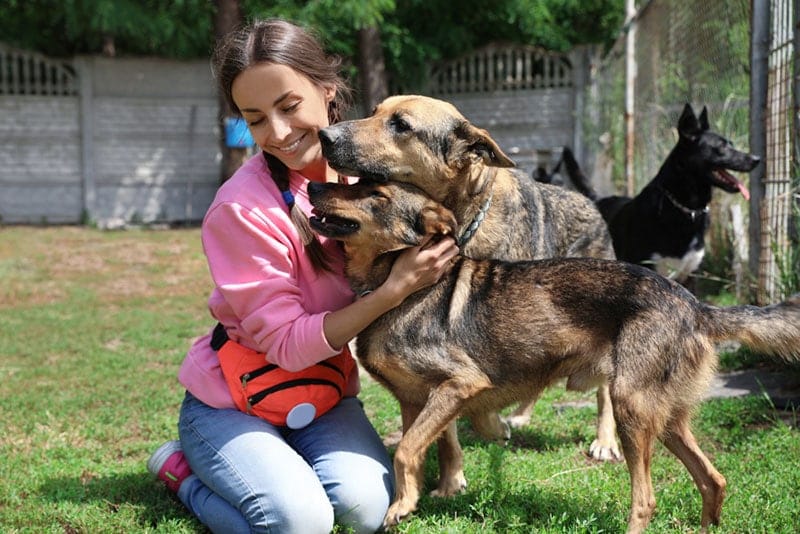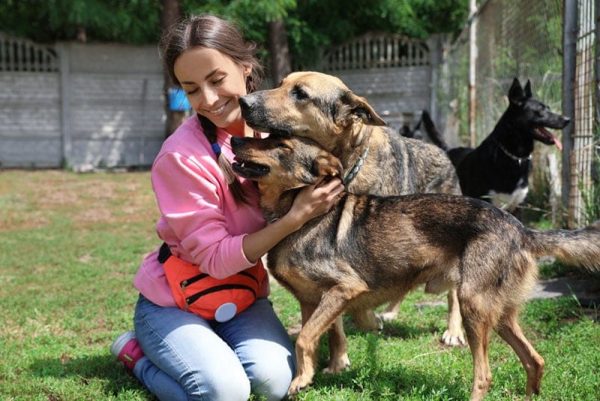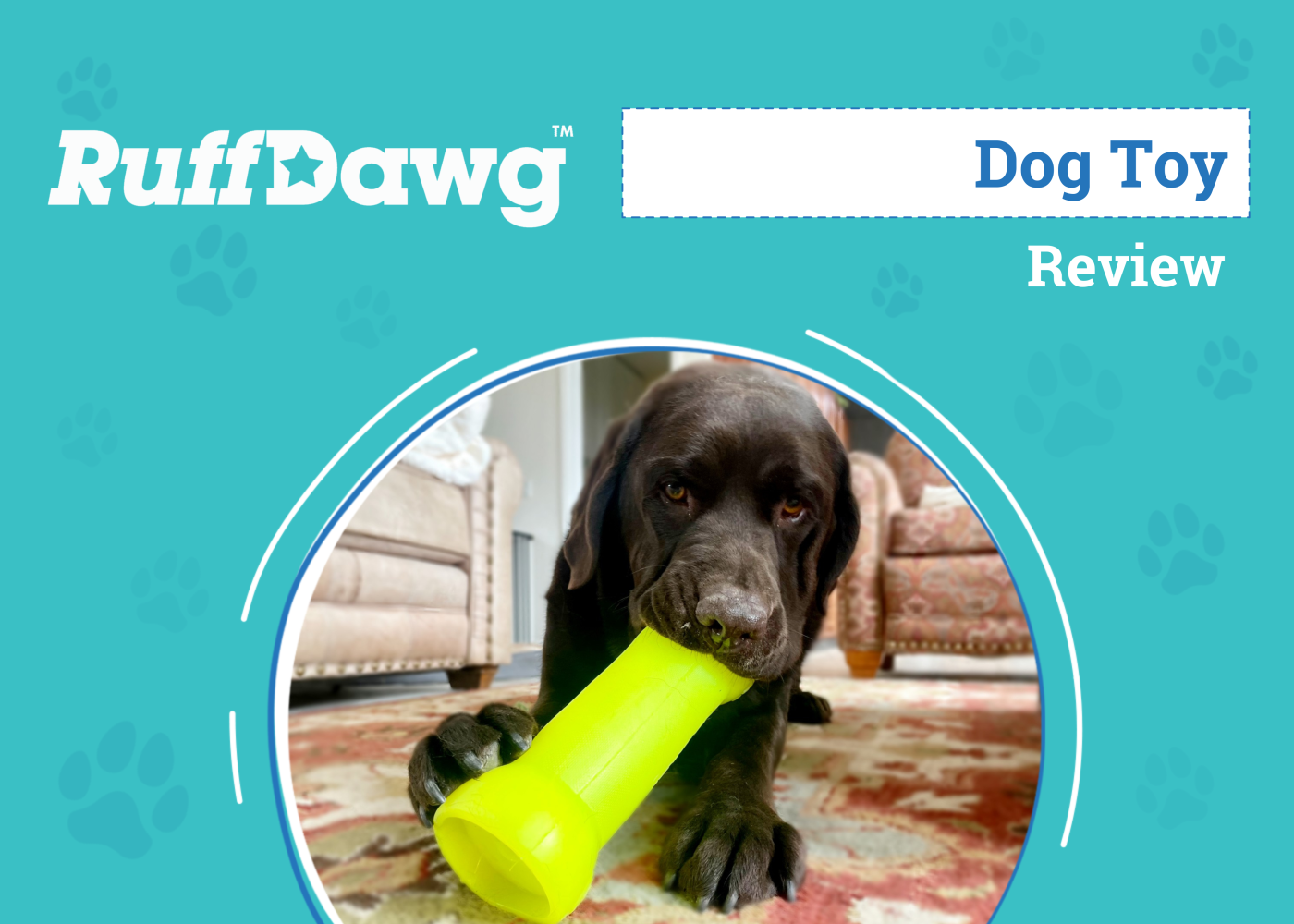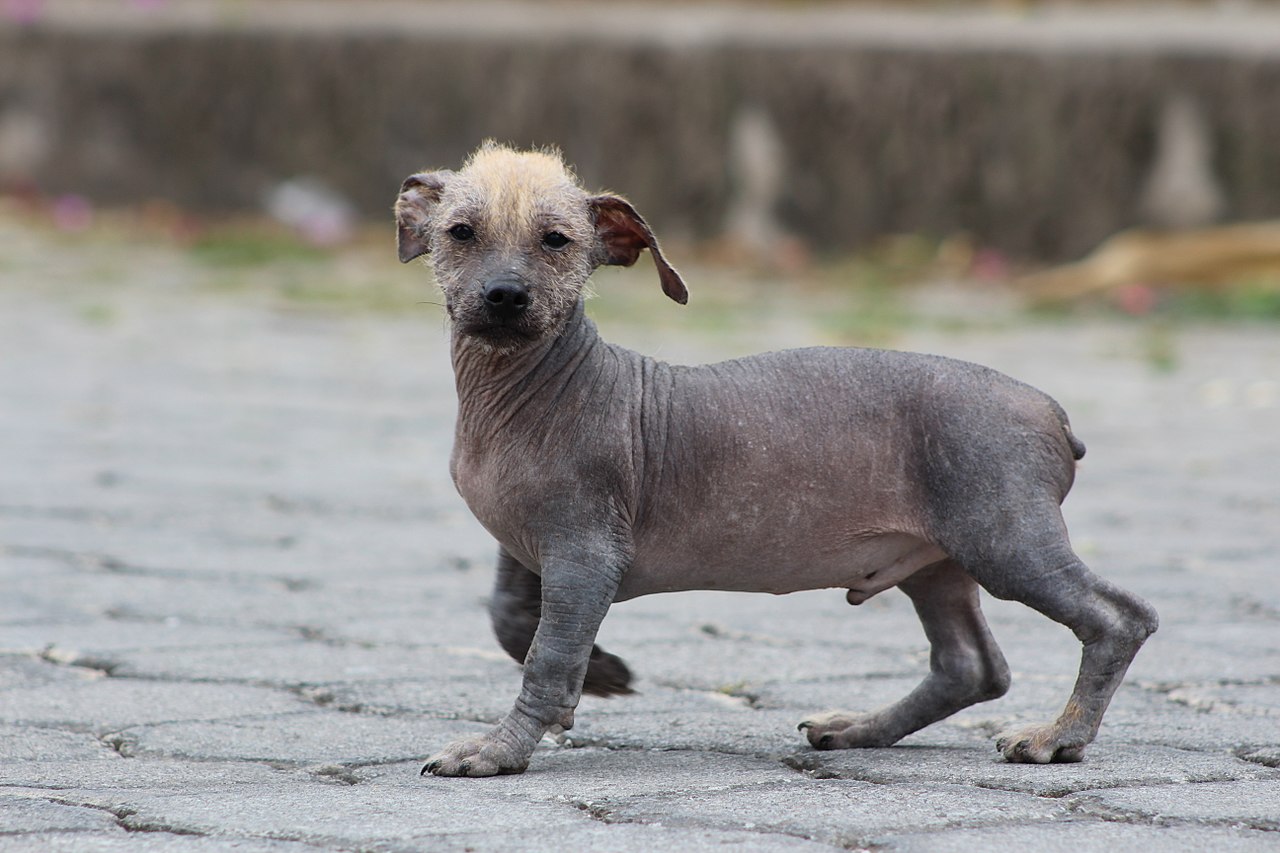Click Below to Skip Ahead
In recent years, the amount of people adopting dogs has seen a significant surge as they look for the companionship and joy that a furry friend can bring into their lives. While the emotional benefits of dog ownership are immeasurable, potential pooch parents often find themselves wondering about all the financial aspects of adopting a dog.
The initial costs that come with adopting a dog are approximately $670–$2,320, but there are other costs to consider. In this comprehensive guide, we will explore the various costs associated with dog adoption, especially the direct and indirect expenses that come with bringing a new canine companion into your home.
Bringing Home a New Dog: One-Time Costs
One of the primary and immediate costs associated with dog adoption is the adoption fee. This fee varies widely and is influenced by factors such as the dog’s breed, their age, and the specific policies of the adoption organization.
Rescue shelters, breed-specific rescue organizations, and animal welfare groups often charge adoption fees to cover the expenses related to the dog’s medical care, vaccinations, spaying or neutering, and other initial necessities. Potential adopters should be prepared to inquire about and understand these fees, which can range from less than a lunch out to several hundred dollars.

Initial Setup and Supplies
- $670–$2,320
Adopting a dog is always going to be less expensive than purchasing a dog from a breeder, but both avenues come with significant initial costs for setup and supplies. From grooming to medical care to safety tools, your dog is going to need quite a few things to get them set up for a happy and healthy life.
List of Dog Care Supplies and Costs
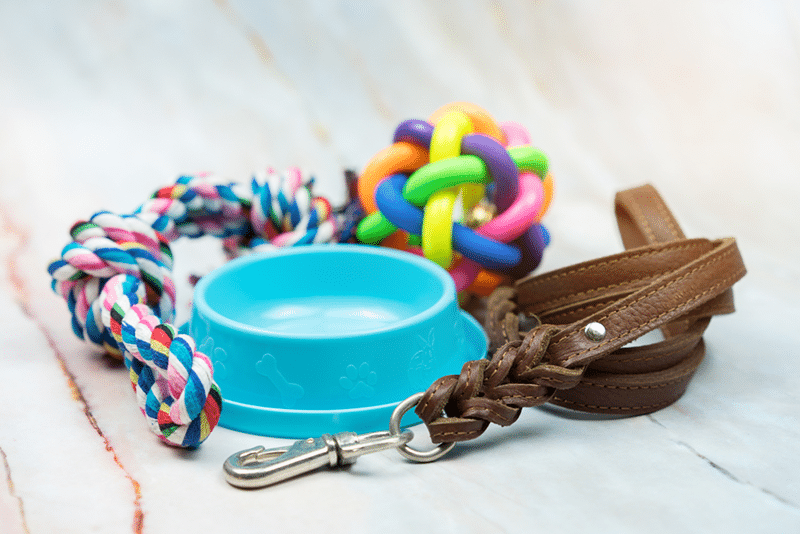
| ID Tag and Collar | $5–$50 |
| Spay/Neuter | $35–$130 |
| X-Ray Cost | $75–$450 |
| Ultrasound Cost | $300–$1,000 |
| Microchip | $40–$70 |
| Teeth Cleaning | $150–$400 |
| Bed/Tank/Cage | $20–$60 |
| Nail Clipper (optional) | $5–$20 |
| Brush (optional) | $5–$15 |
| Litter Box | n/a |
| Litter Scoop | n/a |
| Toys | $5–$40 |
| Carrier | $20–$60 |
| Food and Water Bowls | $10–$25 |
How Much Does a Dog Cost Per Month?
- $280–$740 per month
Like paying rent or a mortgage, a dog comes with monthly costs. Monthly costs for a dog typically include food, averaging $30 to $60, depending on the size of the dog and type of food. Veterinary care, such as routine check-ups and preventive medications, may range from $30 to $100 per month. Grooming costs, if done professionally, can add another $30 to $50. Treats, toys, and other supplies might total $20. Pet insurance, if chosen, can range from $20 to $50 monthly. License fees, training classes, and occasional pet services may contribute to additional expenses.
In total, monthly dog care costs can range from $280 to $740, depending on various factors like size, breed, and location.

Health Care
- $120–$320 per month
Health care is something that has a wide cost range because pet owners should expect the unexpected. Health care costs also cover vaccines and boosters. Thankfully, vaccines are often only needed once every 1 to 2 years; however, you want to take into consideration medication if they get sick and general checkups.
Food
- $30–$60
The cost of dog food per month varies based on factors like the dog’s size, breed, type of food chosen, and dietary needs. On average, basic dry commercial dog food for a medium-sized dog may range from $30 to $60 per month. Specialized or premium dog food brands can cost more, reaching $80 or higher per month. Large breeds or dogs with specific dietary requirements will likely incur higher costs. Homemade, wet food, or raw food diets could also influence expenses.
Considering factors like nutritional content and your dog’s health, the monthly cost of dog food can fluctuate, so it’s essential to choose a balanced and appropriate diet within your budget.

Grooming
- $10–$90 per month
The monthly cost of dog grooming depends on factors such as the dog’s size, breed, coat type, and specific grooming needs. Professional grooming services typically range from $30 to $90 per session. For dogs requiring frequent grooming, monthly costs can add up.
DIY grooming at home with the purchase of basic supplies, including brushes, nail clippers, and shampoo, can reduce expenses, averaging $10 to $30 per month. Specialized grooming, such as breed-specific cuts or spa treatments, may incur higher costs. Regular grooming is essential for a dog’s health, and the chosen grooming approach should align with both the dog’s needs and the owner’s budget.
Medications and Vet Visits
- $60–$120 per month
The monthly cost of medical care for a dog varies based on factors such as age, health condition, and preventive measures taken. Routine veterinary care, including vaccinations and check-ups, can range from $30 to $50 per month. Preventive medications, such as flea and tick preventatives, may cost an additional $10 to $20 monthly. If your dog requires prescription medications or special diets, these can add extra expenses. Pet insurance, with monthly premiums ranging from $20 to $50, helps cover unexpected medical costs.
Overall, the average monthly medical care cost for a healthy dog can range from $60 to $120, but specific needs may increase these expenses.
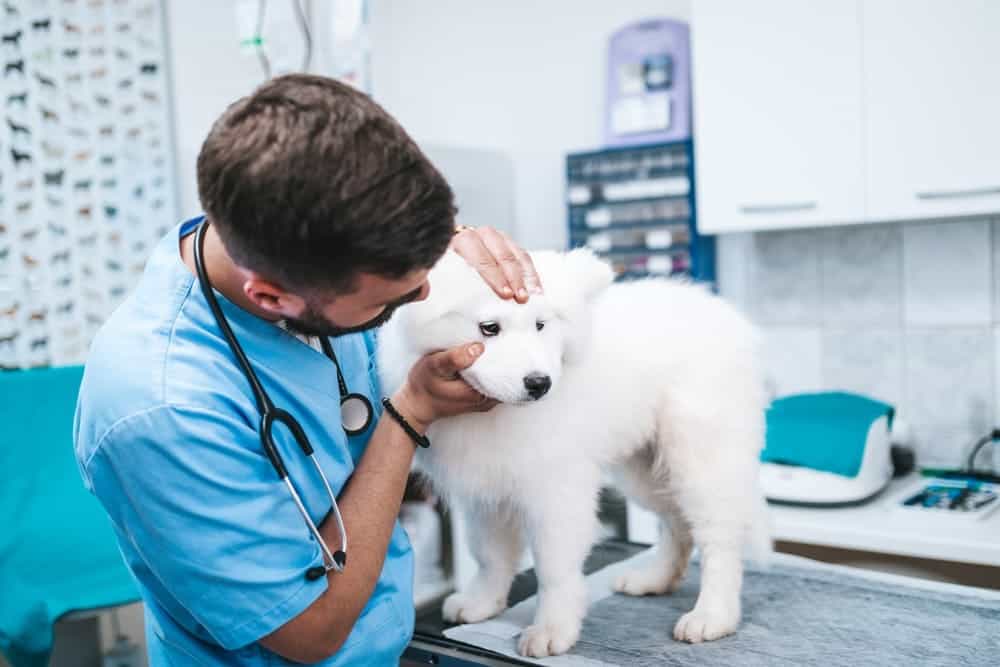
Pet Insurance
- $20–$50 per month
Pet insurance costs vary based on factors like the pet’s age, breed, and coverage plan. On average, monthly premiums for pet insurance can range from $20 to $50. Basic plans covering accidents and illnesses are more affordable, while comprehensive plans, including preventive care and hereditary conditions, may cost more. Deductibles and reimbursement percentages also impact pricing. Older pets or certain breeds may have higher premiums. It’s essential to research different providers, compare plans, and consider your pet’s specific needs when choosing pet insurance.
The investment in insurance helps offset unexpected veterinary costs and ensures comprehensive care for your pet.
Environment Maintenance
- $20–$60
Maintaining a cozy home environment for a dog is probably the least expensive aspect of owning a dog. All they really need is a bed and blanket to call their own (although you may find they prefer sleeping wherever you are!).

Entertainment
- $20–$40 per month
Dog toys are a wonderful thing to give your dog, but they are not always the most durable. You’ll find yourself replacing them very regularly. Many people have invested in dog toy subscription boxes as a way of offsetting the cost of buying toys repeatedly in stores. The cost of a dog toy subscription box varies depending on the brand, the number of items included, and the quality of the toys. On average, monthly subscription boxes for dog toys can range from $20 to $40. Some companies offer plans with different pricing tiers based on the size of the dog or the length of the subscription commitment.
Additionally, premium or specialty boxes that include high-quality or customized toys may have higher monthly costs. It’s recommended to explore various options, read reviews, and choose a subscription box that aligns with your dog’s preferences and your budget.
Total Monthly Cost of Owning a Dog
- $280–$740 per month

Additional Costs to Factor In
Owning a dog comes with hidden costs beyond the initial adoption or purchase fees. Veterinary expenses, including routine check-ups, vaccinations, and unexpected medical issues, can accumulate. Quality dog food, grooming supplies, and toys contribute to ongoing expenses. Training classes or professional trainers may be necessary, adding to the overall cost. Regular grooming, especially for long-haired breeds, can involve professional services or grooming tools. Licensing fees and pet insurance are often overlooked but contribute to the financial responsibility. Unexpected emergencies, such as accidents or sudden illnesses, may require immediate veterinary attention.
Additionally, home modifications, like fencing or pet-friendly furniture, can incur expenses. Traveling with a dog involves additional costs for pet-friendly accommodations and transportation. Being aware of these hidden costs ensures responsible dog ownership and allows for proper budgeting to provide the best care for your canine companion.
Saving Money on Dog Care
- Learn basic grooming skills at home to avoid professional services.
- Buy pet supplies in bulk for discounts.
- Make homemade dog treats and toys (check with your vet about the ingredients)
- Prioritize preventive veterinary care to avoid costly treatments.
- Consider affordable pet insurance for unexpected expenses.
- Practice regular dental care to prevent costly procedures.
- Explore local community resources for low-cost vaccinations and spaying/neutering.
Conclusion
Adopting a dog is not only a lifetime emotional and practical commitment, but it is a significant financial one as well. To give a dog a happy and healthy life, it is important to meet not only its most basic needs but also individual and breed-specific ones. The initial costs that come with adopting a dog are approximately $670–$2,320. After that, you can expect to pay $280–$740 per month on food, grooming, health care, and entertainment for your favorite pooch. Before you fall in love with a sweet dog at an adoption event, make sure that you have the financial means to give it the best life possible.
See also:
Featured Image Credit: New Africa, Shutterstock

